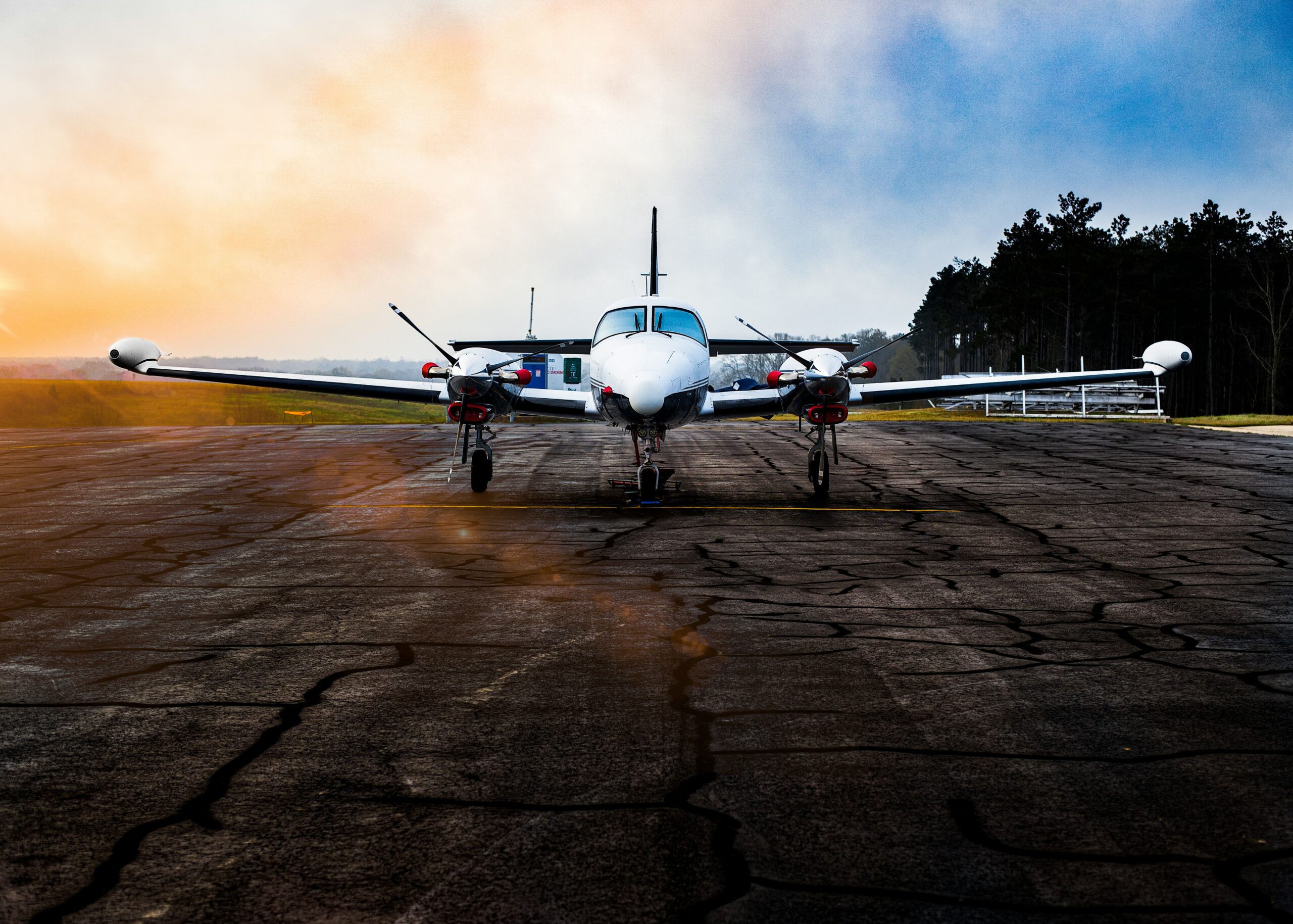Winter Aircraft Maintenance: Key Considerations for Cold Weather Operations

Winter poses unique challenges for aircraft maintenance, especially for those operating in colder climates or being prepared for winter storage. Proper care during this season ensures the safety, performance, and longevity of your aircraft. Here are essential considerations to keep your aircraft winter-ready:
- Pre-Winter Inspection
Before winter weather sets in, schedule a comprehensive inspection to identify any maintenance needs. Key areas to evaluate include:
- Battery Health: Cold temperatures can drain batteries faster; ensure they are fully charged and in good condition.
- Fuel Systems: Check for contaminants like water or debris, as they can freeze and damage components.
- Tires and Brakes: Inspect for wear and ensure proper inflation, as cold weather can affect pressure.
- Protecting Aircraft in Cold Weather Operations
Aircraft operating in cold climates require extra care to prevent performance issues:
- De-Icing and Anti-Icing Procedures:
- Apply de-icing fluids as needed before flights.
- Regularly inspect for ice buildup on wings, control surfaces, and sensors.
- Oil Viscosity Adjustments:
- Use low-viscosity oil to ensure proper lubrication in cold temperatures.
- Heating Systems Check:
- Test cabin and engine heating systems for functionality to avoid in-flight issues.
- Preparing for Winter Storage
If your aircraft will remain grounded during the winter, proper storage techniques are crucial:
- Engine Preservation:
- Use desiccant plugs or dehumidifiers to prevent corrosion in the engine.
- Add fuel stabilizers to avoid degradation over time.
- Cover and Seal:
- Protect the exterior with high-quality covers, focusing on windows and vents.
- Seal any openings to prevent moisture and pests.
- Tire Maintenance:
- Use tire jacks or proper padding to avoid flat spots during extended periods of immobility.
- Monitoring Weather Impacts
Stay updated on weather patterns and their potential effects on your aircraft. Snow, frost, and temperature fluctuations can cause unexpected issues like frozen components or expanded materials. A proactive approach can save time and money on repairs.
- Relying on Professional Maintenance Services
Winter maintenance often requires specialized knowledge and tools. Partner with a trusted aviation maintenance provider, like JS&A, to handle winter-specific needs, from de-icing equipment installation to winter storage prep.
Conclusion
By prioritizing winter maintenance, you protect your aircraft’s performance and ensure safer operations in challenging conditions. Whether you’re flying regularly in colder climates or preparing for storage, these steps will keep your aircraft in peak condition.
Contact JS&A today to schedule your winter maintenance or learn more about best practices for cold-weather operations.
Archives
- March 2025
- February 2025
- January 2025
- December 2024
- November 2024
- October 2024
- September 2024
- August 2024
- July 2024
- June 2024
- May 2024
- April 2024
- February 2024
- January 2024
- November 2023
- October 2023
- September 2023
- August 2023
- July 2023
- May 2023
- April 2023
- March 2023
- February 2023
- April 2022
- March 2022
- February 2022
- April 2020
- March 2020
- February 2020
- January 2020
- November 2019
- October 2019
- September 2019
- July 2019
- June 2019
- March 2019
- January 2019
- December 2018
- November 2018
- October 2018
- September 2018
- July 2018
- June 2018
- May 2018
- November 2014
- October 2014
- August 2014
- July 2014
- June 2014
- May 2014
- April 2014
- March 2014
- February 2014
- January 2014
- December 2013
- November 2013
- October 2013
- January 2013
- June 2010
- May 2010


